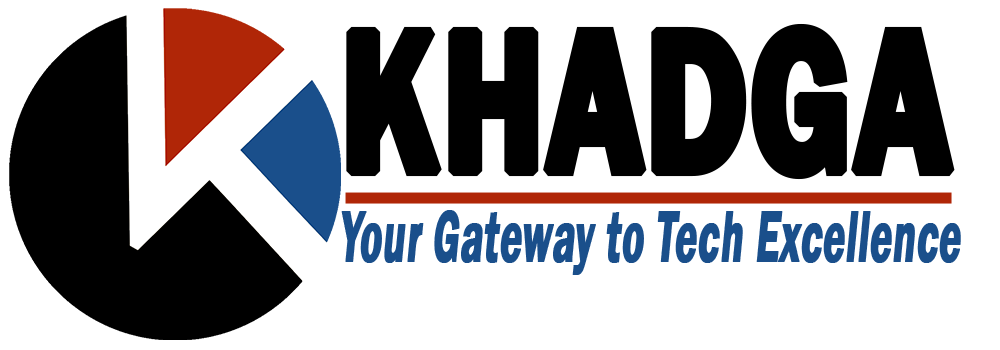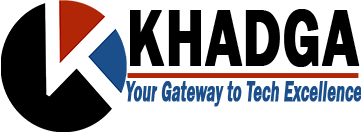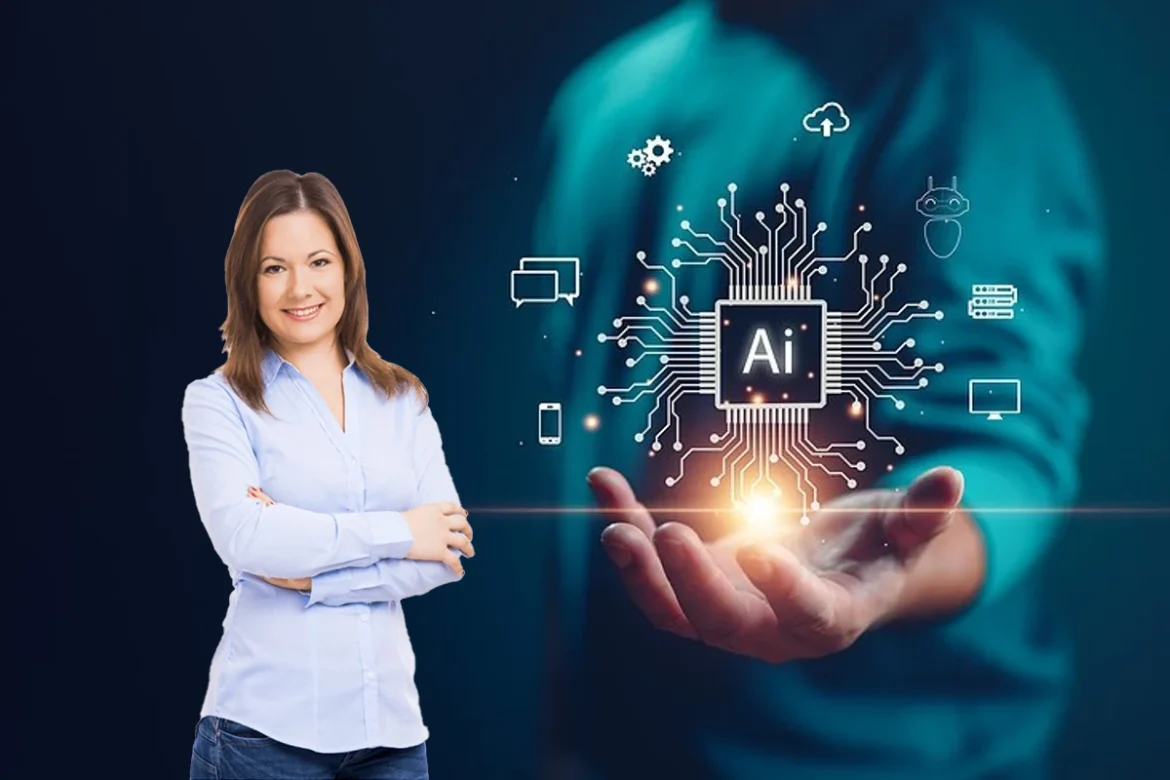The advent of Artificial Intelligence (AI) is transforming various sectors, and education is no exception. AI presents teachers with innovative tools and methods to enhance learning experiences, personalize education, and streamline administrative tasks. Here’s a comprehensive guide on how teachers can leverage AI to revolutionize their classrooms.
Personalized Learning
Adaptive Learning Platforms
AI-powered adaptive learning platforms, such as DreamBox and Knewton, tailor educational content to meet the individual needs of each student. These platforms analyze student performance and adjust the difficulty of tasks in real-time, ensuring that each learner is challenged just enough to facilitate growth without causing frustration.
Intelligent Tutoring Systems
Intelligent Tutoring Systems (ITS) like Carnegie Learning and Squirrel AI provide personalized tutoring that mimics the one-on-one attention a student would receive from a human tutor. These systems can identify areas where a student is struggling and offer targeted exercises to improve understanding.
Enhanced Student Engagement
Gamification
AI can help incorporate gamification into the curriculum, making learning more engaging and enjoyable. Tools like Classcraft and Kahoot! use AI to create interactive and personalized educational games that motivate students to participate actively.
Virtual Reality (VR) and Augmented Reality (AR)
AI-powered VR and AR tools, such as Google Expeditions and Nearpod, can transport students to different parts of the world, historical periods, or even inside a human cell, offering immersive learning experiences that are both engaging and informative.
Efficient Administrative Tasks
Automated Grading
AI can significantly reduce the time teachers spend on grading. Tools like Gradescope and Turnitin use AI to grade assignments and provide feedback, allowing teachers to focus more on instruction and less on administrative duties.
Attendance Tracking
AI-driven attendance systems, such as those using facial recognition technology, can automate the process of taking attendance. This not only saves time but also ensures accuracy and reduces truancy.
Data-Driven Insights
Predictive Analytics
AI can analyze vast amounts of data to provide insights into student performance and behavior. Tools like BrightBytes and IBM Watson Education offer predictive analytics that can help teachers identify students at risk of falling behind and intervene early.
Learning Analytics
Learning analytics platforms, such as Edmodo and Canvas, use AI to track and analyze student interactions with course materials. This data helps teachers understand which teaching methods are most effective and where improvements can be made.
Professional Development
AI-Powered Training Programs
AI can offer personalized professional development for teachers. Platforms like Coursera and Udemy use AI to recommend courses and resources based on a teacher’s interests, teaching style, and areas where they may need improvement.
Virtual Mentorship
AI can facilitate virtual mentorship programs, connecting teachers with experienced educators and experts from around the world. These AI-powered platforms provide guidance, answer questions, and offer support, fostering a collaborative and supportive professional community.
Real-World Applications
Language Learning
AI-powered language learning apps, such as Duolingo and Babbel, provide students with interactive and adaptive language practice. These tools can be used in the classroom to supplement traditional language instruction and offer personalized practice for each student.
STEM Education
AI tools like Codementum and Tynker help teach coding and other STEM subjects through interactive lessons and projects. These platforms adapt to the skill level of each student, ensuring that everyone can learn at their own pace.
Conclusion
Artificial Intelligence offers transformative potential for the education sector, empowering teachers to provide personalized, engaging, and efficient learning experiences. By incorporating AI tools and platforms, educators can enhance their teaching methods, streamline administrative tasks, and ultimately improve student outcomes. As AI technology continues to evolve, its role in education will undoubtedly expand, offering even more opportunities for innovation and improvement in the classroom.


